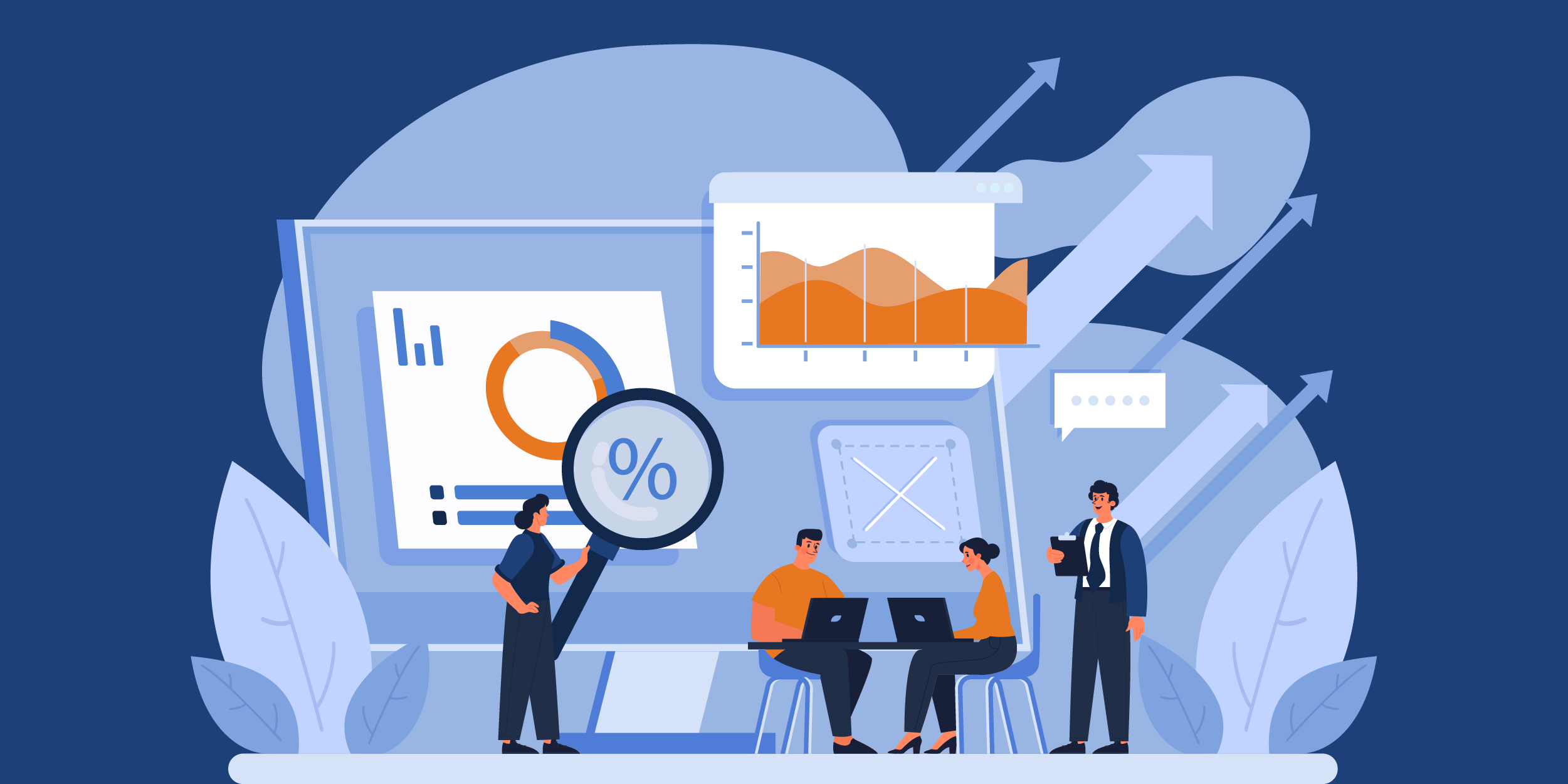How Recent Accounts Payable Automation Innovations Maximize ROI

Accounts payable departments are an incredibly effective place to begin automating your office processes. With highly repeatable and time-consuming processes that are prone to errors, bottlenecks, and other inefficiencies, streamlining these processes removes strain from department staff.
Implementing accounts payable automation significantly boosts time efficiency and guarantees prompt payment to vendors, fostering stronger and more reliable business relationships. But, as the accounts payable automation industry develops, new innovations continue to be developed that push these benefits even further for a smarter, more informed, and more efficient organization.
Below, we list some of these benefits, including AI-assisted capture, and proprietary integration platforms as a service, discussing how they add additional value to your organization and enhance your return on investment.
Calculating Return on Investment
When calculating the return on investment of your solution, it’s important to consider both the hard and soft benefits.
Hard Benefits are those that are easy to quantify and measure, such as costs reduced on professional services, physical storage saved, and redeemed early payment discounts with vendors.
Soft Benefits are more difficult to accurately measure but their impact can still be felt and even estimated. These benefits include time saved, productivity increased, errors reduced, and information that’s easier to find.
Understanding the impact of both types of benefits can be achieved through meeting with staff and managers in impacted departments and implementing ways to track these KPIs.
Recent Accounts Payable Automation Innovations
AI Document Capture
Until recently, capturing information from documents required creating strictly structured templates that only worked properly for documents of a set format. This created several challenges around cost, time efficiency, and accuracy, especially for invoice processing, as each vendor formats their invoices slightly differently.
Historically lower accuracy rates from this format inconsistency required new templates to be created, either through time-consuming efforts in-house or costly amounts of professional service hours. In fact, to create templates for 50 vendors, it is likely that at least 5 days of professional services will be required, and at a rate of $1750.00 for a day’s labor, this ordeal can easily cost $8750.00
AI Document Capture bypasses the cost of these templates altogether by taking them out of the picture, entirely. The result is the return of all this time that would have been spent on template creation either in-house or through your provider; an entire 200 hours of labor or thousands of dollars based on the example above. The best part; all of this can be accomplished without sacrificing accuracy. In fact, some Intelligent Document Processing platforms like TransformAI have a near-100% accuracy rate.
Integration Platforms as a Service (iPaaS)
Integration Platforms as a Service (iPaaS) are nothing new, but intelligent information management providers offering this functionality in-house is a novel occurrence with several benefits. iPaaS solutions facilitate connections between software with API integration capabilities in applicable and functional ways.
Think of solutions with APIs as having open ports for data exchange, each leading somewhere different within the solution. iPaaS functionality links these ports, securely opening data silos and providing new opportunities for automation.
When these services are developed and used in-house by a provider like Square 9 in the case of GlobalAutomation, new integrations can be developed without the additional costs of a third-party integration solution that are frequently passed to the consumer.
What’s more, offering this functionality in-house results in fewer potential points of failure for developed integrations as both the integration platform and the accounts payable system being integrated are developed with each other in mind. It also reduces the inherent risk of a data breach, given that there is not and additional third-party solution sitting between the two integrated applications. Instead, you have the two applications speaking directly to each other. By removing the additional integration you have removed one more point of vulnerability in your data flow. Take Square 9’s GlobalAutomation and Digital Transformation Essentials packages. Both of these are components of Square 9’s solution platform and are developed to work seamlessly and securely with each other.
AP automation solutions alone streamline invoice approval, matching, and archival, but if these processes are siloed between systems, that is where the benefits often end.
But by taking advantage of the many integrations offered by solutions with iPaaS functionality tasks like general ledger coding, payable invoice creation, and vendor onboarding can all be automated. This drastically enhances the time efficiency of these tasks, eliminates manual data entry and errors, and allows your department staff to use their work hours to drive more value for a more productive organization.
Summary
Intelligent document processing eliminates the need for costly, time-consuming templates during document capture, which is especially useful when processing vendor invoices. In addition, iPaaS functionality in accounts payable automation software allows solution providers to continually deliver new integration functionality for further automation and information flow. Both of these innovations save time on lengthy processes and eliminate errors while increasing security and allowing your staff to focus on value-driving activities for a more efficient, productive organization.
Square 9 is a leading provider of AI-powered intelligent information management solutions that take the paper out of work and make it easier to get things done. With digital workflows that automate many aspects of how you work today, we make it easy by extracting information from scans or PDFs, storing documents in a searchable archive, and building digital twins of your current processes through graphical workflows.

